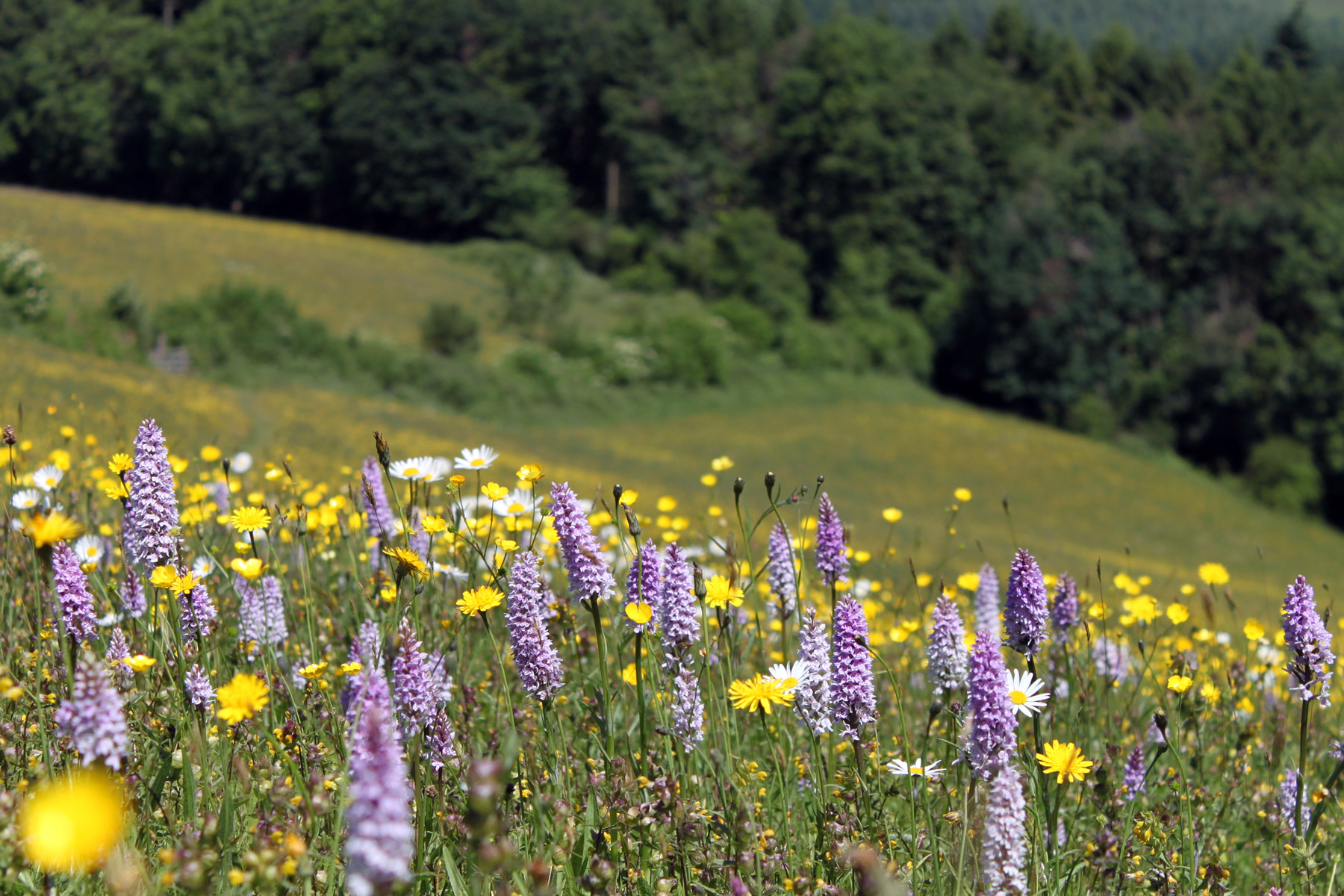While we’ve been restoring and creating meadows in Herefordshire we’ve learned so much and are now sharing experience of best practice, the challenges and pitfalls of each stage of the work.
We’ve had to face up to the fact that there isn’t a simple recipe or prescription for guaranteed success in meadow restoration. The good news is that Plantlife are working to develop their meadow restoration decision tree into an app called MyMeadow including all the important things to consider along the way.
Meanwhile there are 2 new guides on the website and we hope you find them helpful.
Meadow Restoration Plan – guidance notes for the first year of a restoration project
Herefordshire Meadow Makers photo ID Sheet
We think that there is actually just one skill that all successful wannabe Herefordshire meadow makers need to develop. And that is to see the whole process from the wildflower seedling’s point of view.
Two of the most important points are
- How to create enough bare ground for good wildflower germination without disturbing the weed seed bank
- How to manage the sward in the first winter and the following spring and summer so the broad leaved plants can flourish and avoid being out-competed by grasses and weeds.
If you sow yellow rattle which is an annual then you must let it flower and set seed if it’s to grow again the next year but it really doesn’t matter if the perennials flower in the first year.
There is guidance on the Meadow Restoration pages of our website and anyone wanting tailored advice for their meadow can request an advisory visit for a modest fee.
Writing this newspost reminds me of 2016 when garden designer Noel Kingsbury was among those who helped and encouraged us to set up our group. He had already spotted the threads that link farming and gardening. It’s taken me 4 years to really understand that Noel’s way of thinking about gardening with herbaceous perennials which he presents as “taking the rabbit’s eye view”, has huge similarities with establishing wildflower meadows. If we can alter our perspective to take the wildflower seedling’s view we will surely increase our chances of success in future restoration projects.
